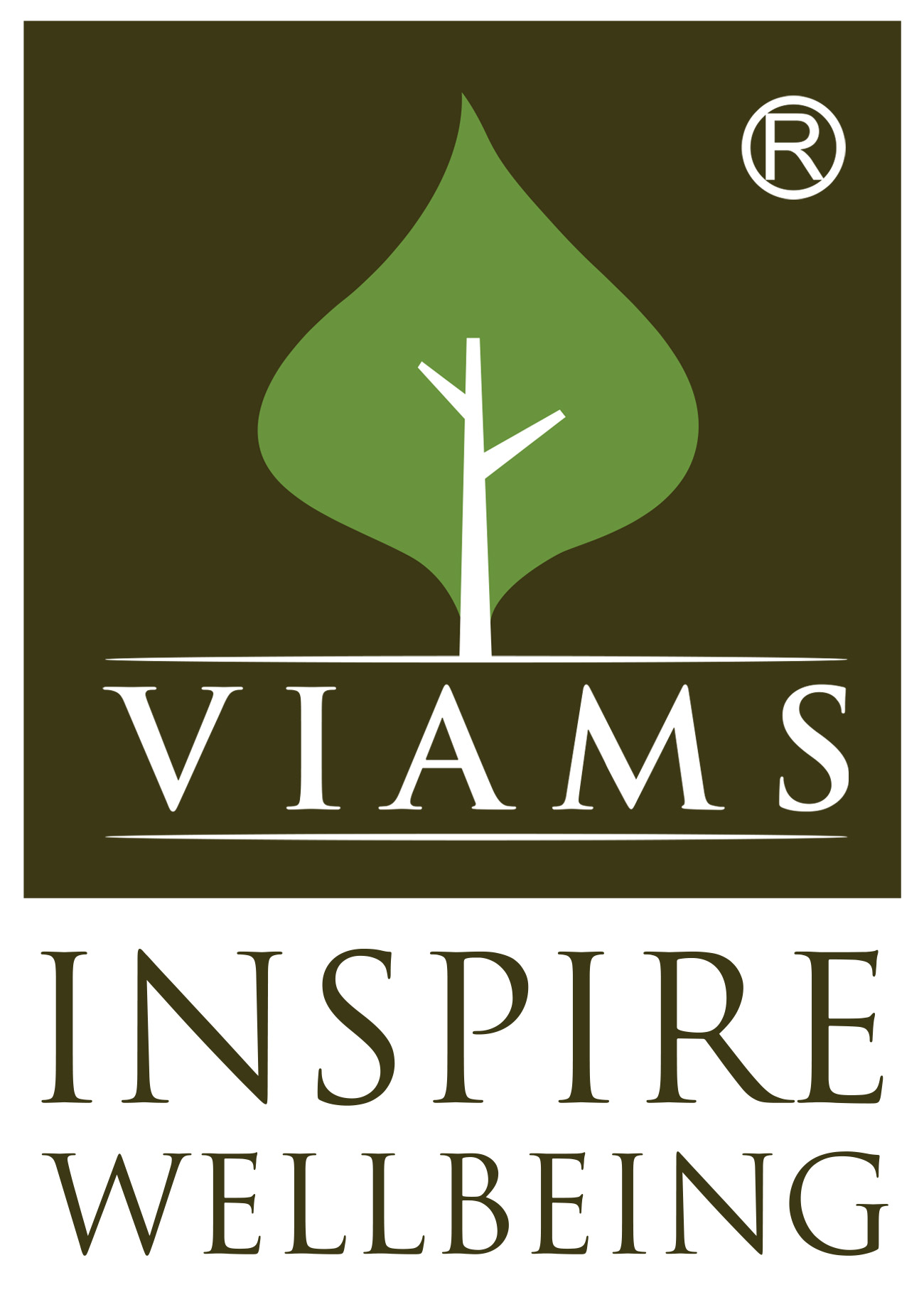Cerebral Ataxia
Cerebral Ataxia is a neurological disorder that affects balance, coordination, and motor control due to damage to the cerebrum, the part of the brain responsible for these functions. The condition can result from various causes, such as stroke, head injury, genetic disorders, or infections. In Ayurveda, this disorder is understood through the concept of Vata imbalance, particularly affecting the nervous system, leading to impaired motor control and coordination.
Cerebral Ataxia occurs when the cerebrum or its connections to other parts of the brain are damaged. This damage disrupts the brain’s ability to regulate movement, leading to uncoordinated and unsteady motions.
The main factors contributing to the pathophysiology of Cerebral Ataxia include:
- Cerebral Degeneration: Progressive loss of cerebral neurons due to genetic conditions, chronic alcoholism, or neurodegenerative diseases.
- Ischemic or Hemorrhagic Stroke: A stroke affecting the cerebrum or its connections can cause sudden onset ataxia.
- Trauma: Head injuries damaging the cerebrum can impair motor function.
- Infections and Toxins: Infections, autoimmune conditions, or exposure to certain toxins can lead to inflammation or damage in the cerebrum, affecting balance and coordination.
The following are common symptoms of Cerebral Ataxia:
- Loss of Coordination: Difficulty with fine motor tasks such as writing, buttoning clothes, or picking up small objects.
- Unsteady Gait: Walking with a wide, staggering gait and frequent loss of balance.
- Speech Difficulties: Slurred or slowed speech due to difficulty coordinating the muscles used for talking (dysarthria).
- Tremors: Involuntary shaking or tremors, especially during movement.
- Eye Movement Issues: Abnormal eye movements such as nystagmus (rapid, involuntary eye movement).
- Dizziness or Vertigo: A sensation of spinning or unsteadiness often accompanies balance problems.
Ayurvedic Concept
In Ayurveda, Cerebral Ataxia is associated with Vata Dosha imbalance, specifically affecting Majja Dhatu (the nervous system). Vata governs movement and communication in the body, and its disturbance can lead to the loss of motor control, coordination, and cognitive function. The primary goal of Ayurvedic treatment is to calm the aggravated Vata, rejuvenate nerve tissues, and restore the body’s natural coordination and movement.
Effectiveness of Ayurvedic Treatment
Ayurvedic treatment for Cerebral Ataxia is centered around balancing Vata dosha, detoxifying the body, and nourishing the nervous system. The key components of treatment include:
1. Herbal Formulations in Different Forms: Ayurveda uses a variety of herbal formulations in different forms such as medicated oils, ghees, powders, and pastes to support nerve regeneration and improve motor coordination.
- Medicated Ghee: Administered internally to nourish nerve tissues and enhance cognitive and motor functions.
- Medicated Oils: Applied externally through massage to calm Vata dosha, improve circulation, and enhance neurological function.
- Herbal Powders and Pastes: Given orally to support brain health and motor coordination.
2. Panchakarma Therapies: Panchakarma is a set of Ayurvedic detoxification therapies aimed at eliminating toxins, calming Vata, and rejuvenating the nervous system. The following Panchakarma therapies are particularly beneficial for Cerebral Ataxia:
- Abhyanga (Medicated Oil Massage): A full-body massage using medicated oils that pacifies Vata, improves blood flow to the nerves and muscles, and enhances motor coordination.
- Vasti (Medicated Enema): Vasti is a key therapy for balancing Vata and promoting nervous system health. It detoxifies the colon, nourishes the body’s tissues, and supports better nerve function.
- Nasya (Nasal Administration of Medicated Oils): Nasya therapy involves administering medicated oils through the nasal passages, which directly affects the brain, improving coordination, speech, and overall neurological function.
3. Rasayana Therapy: Rejuvenation therapies help regenerate and strengthen nerve tissues, improve cognitive functions, and restore coordination. Rasayana herbs are used in various forms to deeply nourish and protect the nervous system.
Integrating Ayurvedic treatment with modern allied healthcare techniques enhances the overall management of Cerebral Ataxia. This holistic approach includes:
- Physiotherapy: Regular physiotherapy sessions help improve muscle strength, coordination, and balance through specific exercises tailored to the patient’s needs.
- Occupational Therapy: Occupational therapists assist patients in regaining independence in daily activities, helping them adapt to the physical challenges of Cerebral Ataxia.
- Speech Therapy: For those with speech difficulties, speech therapy helps improve pronunciation, speech clarity, and communication abilities.
- Balance and Coordination Exercises: Targeted exercises designed to improve balance and coordination reduce the risk of falls and enhance mobility.
- Yoga and Pranayama: Gentle yoga postures and breathing exercises (Pranayama) calm the mind, reduce stress, and improve physical coordination and balance.
- Nutritional Support: A diet rich in brain-supporting nutrients such as antioxidants, omega-3 fatty acids, and vitamins is essential for nourishing the nervous system and aiding recovery.
While Cerebral Ataxia can be a progressive condition, Ayurvedic treatment combined with allied healthcare approaches can significantly help manage symptoms, improve quality of life, and slow down the progression of the disease. Key strategies for long-term management include:
- Vata-Pacifying Lifestyle: A Vata-balancing lifestyle is crucial in managing Cerebral Ataxia. This includes a regular routine, a warm and nourishing diet, oil massages, and stress-reduction techniques such as meditation and relaxation.
- Ongoing Ayurvedic Care: Regular use of herbal formulations and Panchakarma therapies, tailored to the individual’s needs, helps manage symptoms and improve nerve health over time.
- Physical and Occupational Therapy: Regular therapy sessions help maintain coordination, balance, and independence in performing daily tasks.
- Supportive Environment: Caregivers and family members should be educated on the condition and its management, ensuring that they can provide physical and emotional support to the individual.
- Continued Monitoring: Continuous monitoring of symptoms by healthcare professionals allows for timely adjustments to treatment plans and ensures optimal long-term management.
Cerebral Ataxia is a challenging neurological disorder, but through the holistic approach of Ayurveda, combined with modern allied healthcare techniques, patients can experience significant improvements in their symptoms and overall well-being. Ayurvedic therapies, which focus on pacifying Vata dosha, nourishing the nervous system, and detoxifying the body, along with physiotherapy, speech therapy, and other modern treatments, offer a comprehensive solution for managing Cerebral Ataxia.
